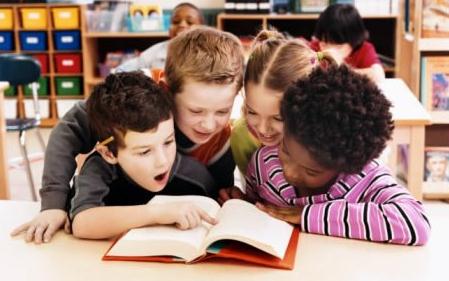Children's Story Books and Math, Does it Add Up?
A new trend in teaching math is linked to reading children's story books. Teachers have been using childrens literature in the classroom to enhance the learning and enjoyment of many subjects for years. But few teachers have incorporated it into their math curriculum.
Today's teachers are seeing the value of sparking a child's mathematical imagination through literature. The world of math comes alive and their wonder and creativity begins to flow. This level of excitement is rarely seen when just a straight math lecture is given. Books help to overcome the stigma that math is dull. The characters and creativity in many books that focus on math, pull the students in and grab their attention. This is a great transition for any teacher to then move into the math lesson. The students are engaged and ready to learn.
Researchers have found four important reasons to link math instruction to children's literature:
- It sparks children’s interest in learning mathematics.
- It provides context that bring meaning to mathematical ideas.
- It ties mathematics to another area of the curriculum.
- It supports student understanding through communication.
Scholastic books has picked up on this new trend in math and has partnered with Marilyn Burns to provide teachers resources for teaching math. Marilyn has worked-hands on in classrooms and through her love of teaching, she has compiled the Marilyn Burns Classroom Math Libraries. This is a collection of 125 books spanning the K-6 grades. Here is the link to her library list which is broken down by grade. Along with her link, I have provided other links below to help you build your math library and gain your buy-in of why linking math to childrens books adds up to success.
Why use childrens books to teach?
Best picture books to teach math
Math picture books
Effective math solutions
Using children's books to teach math

